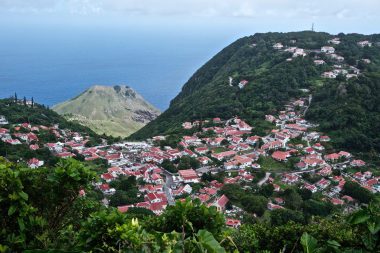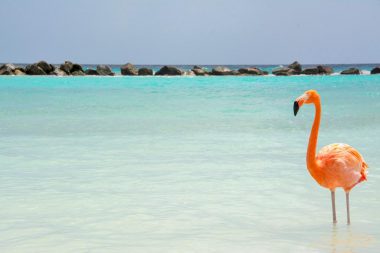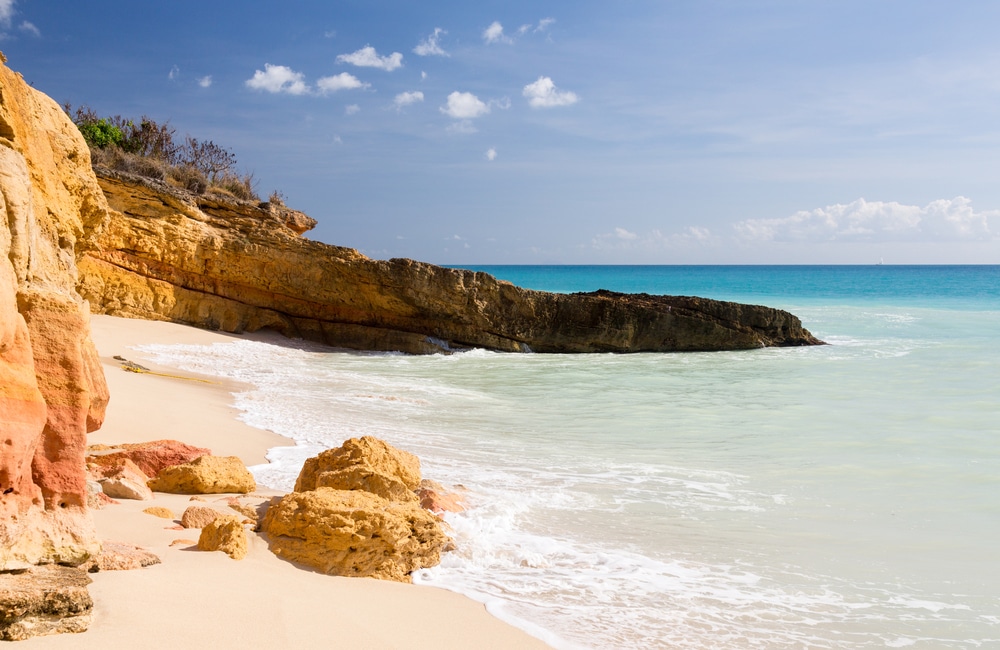More Dutch than the Netherlands? We visit three islands of the Netherlands Antilles.

Curaçao: Amsterdam of the Caribbean
The capital of the island of Curaçao is Willemstad. Here, the districts of Scharloo, Punda and Otrobanda are part of the World Heritage Site for a reason. In the “Amsterdam of the Caribbean” there is a unique parade of over 300-year-old bell gables along the Sint Annabaai and all around the stately homes of the planter barons open the doors of their salons filled to the brim with the rarest family antiques. The best example and definitely worth seeing is the Landhuis Brievengat in Curaçao’s southwest. Here, the everyday, fun-loving merengue dance event became a must to see and be seen. When they hear “Curaçao”, however, many contemporaries first think of liqueur, which is sugar-sweet and as turquoise blue as the wide sea. You can only get to the copper kettles of the Chobolobo distillery officially guided – and you will learn almost nothing about the liqueur company’s trade secrets. Only this much: At the beginning of the beguiling Curaçao spirit there were historical attempts by the once Spanish conquerors to settle the plump oranges of their homeland on Curaçao. The fruits of these plantations were coarse-pored and puny bitter oranges, which later became a stroke of luck: one of the world’s most drunk liqueurs is now distilled from the oil of the green, not quite ripe skins.
Aruba: “One happy Island”

St. Maarten – Island of the Dutch and French
On Sint Maarten , space for cascading-adorned paradise hotels is scarce, as the Dutch and the French have shared the small, peaceful island since 1648. Nevertheless, there are three dozen fine white sandy beaches here and the island’s capital Philipsburg looks like a colorfully whitewashed petitesse. The old Fort Amsterdam with magnificent views over the Netherlands Antilles is also absolutely worth seeing.


